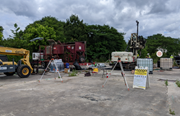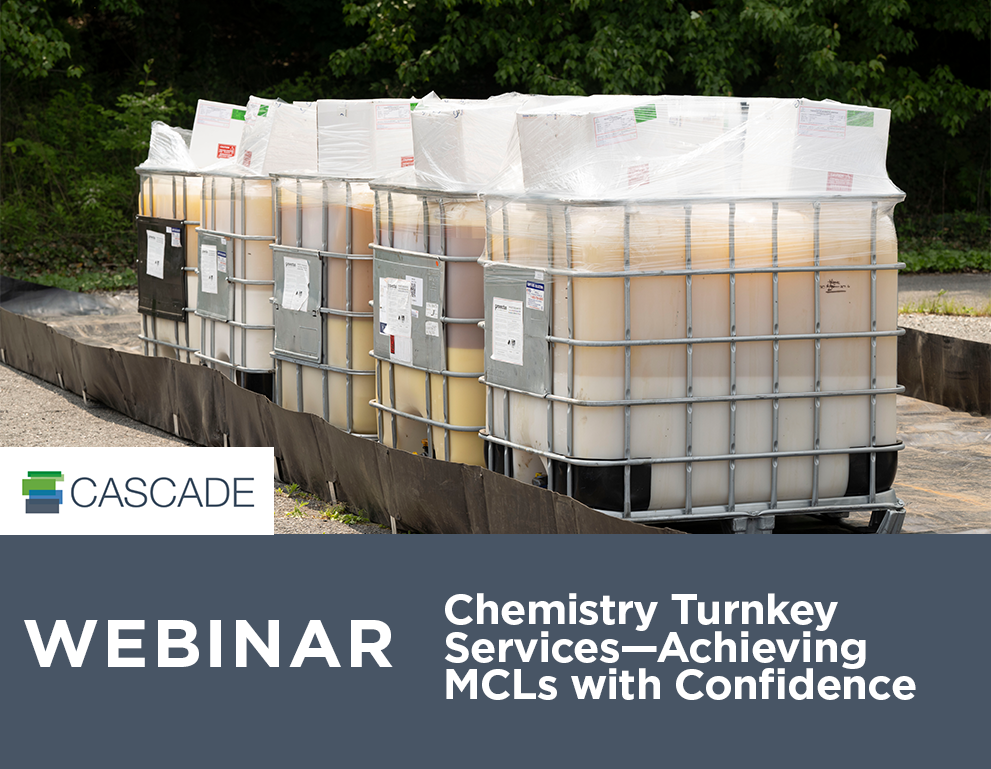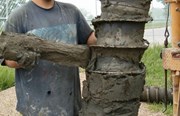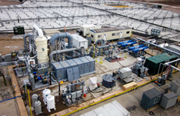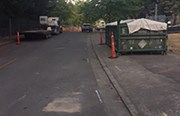Creating a Culture of Sustainable Resilient Remediation
By: Stacey HelleksonThere was a time in the environmental field when safety wasn’t always top of mind. It took diligent, intentional effort on the part of practitioners and project owners to instill a culture of safety into their work. To get to where we are today—with thoughtful safety plans, daily on-site safety meetings, and increased personal safety awareness—required a change in how we think about the practice of safety, and it required us to change our habits in fundamental ways. Safety is now an assumed component of our assessment, design and implementation of remedial actions. Looking at the environmental remediation industry today shows just how successful that cultural shift has been.
Sustainable remediation is now at a crossroads not unlike that which safety encountered decades ago: awareness is rising, but it is not yet second nature to practitioners or their partners. Sustainability is often bolted on as an afterthought to a project. With our shift in awareness, we now have a plethora of knowledge, tools, and resources available to create more sustainable and resilient approaches to remediation. It is time to do the work of embedding them in our mindset, making sustainable practices fundamental to how we do our work. Fully integrating the practice of sustainable resilient remediation into projects will take the same kind of consistent, purposeful effort that brought safety to the forefront of our thinking.
In this blog post, I’ll outline how you can begin those efforts, but if you’d like to dive deeper into the topic, join me for next week’s webinar, Incorporating Sustainability and Resiliency in Your Remediation Projects. With the other panelists, I’ll be discussing…
- Standards and benchmarks for sustainable remediation
- Project examples
- Collaborate with your contracting partners
- Resources for sustainable remediation practices
There will also be a Q&A at the end of the presentation, so we can answer your questions in real-time.
Getting Buy In on Sustainability
Drawing on our experience with and approach to behavior-based safety (BBS), we understand that encouraging every member of the project team to identify more sustainable or resilient options is an important first step.
The next step is helping field teams to recognize and understand why more sustainable approaches were incorporated into the design. This engaged approach helps to develop a robust sustainability culture, instead of merely providing top-down instructions.
It also has the potential to identify valuable opportunities. Like the strategies employed to encourage BBS observations, field team members may have suggestions that minimize environmental impact or provide cost savings, such as lower emissions strategies or waste minimization techniques applicable to routine sampling. Concurrently, the program manager can lead the cultural shift by sharing success stories, sustainability moments, implementing job aids, and encouraging participation throughout the team.
Establishing Goals for Sustainability
The language of sustainability needs to be fluent across the board. Similar to BBS, key performance indicators (KPIs) for sustainability can be included at the onset of a project. KPIs can be established as individual goals, or friendly competitions can be established, and sustainability opportunity suggestions rewarded as a way to establish a robust sustainability culture.
Measuring Sustainability Efforts
Administrative tools associated with project quality assurance can be updated to include sustainability and resiliency to ensure they are assessed at the start and at key stages of a project. Similar to a site-specific health and safety plan (HASP) or a task risk assessment, guidelines like the ASTM Standard Guide for Greener Cleanups are great tools to assess the applicability of sustainable options and to jump start ideas for sustainable and resilient options that can be incorporated.
Creating a change in culture towards sustainable and resilient remediation isn’t like flipping a switch, it takes consistent small shifts in our practices and values to create the change just like our industry accomplished with safety.
If you’re ready to get started but still have questions, register for next week’s webinar, Incorporating Sustainability and Resiliency in Your Remediation Projects.
About the Author

Stacey Hellekson
Project Manager
[email protected]
Stacey Hellekson is a Project Manager at Woodard & Curran and serves as Board Secretary for the Sustainable Remediation Forum. In this role she helps clients navigate complex remediation project of all sizes, with a focus on mining and smelting. Her experience includes master planning, due diligence studies, environmental site assessments, remedial design support and reporting, permitting, remedial strategic planning, operational design review, hazardous identification design review, and health and safety risk assessments.




